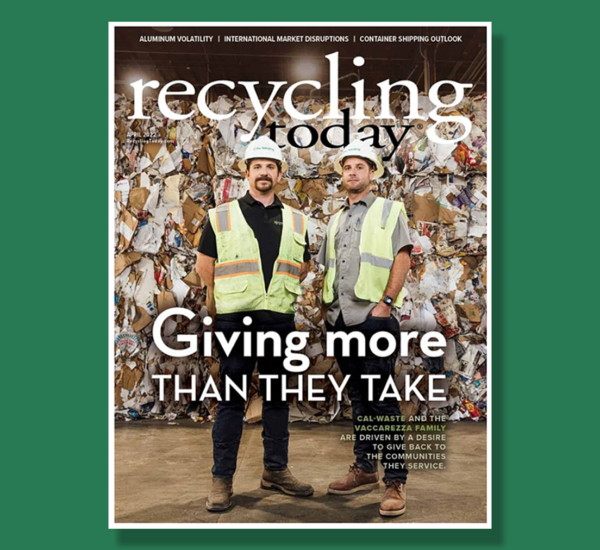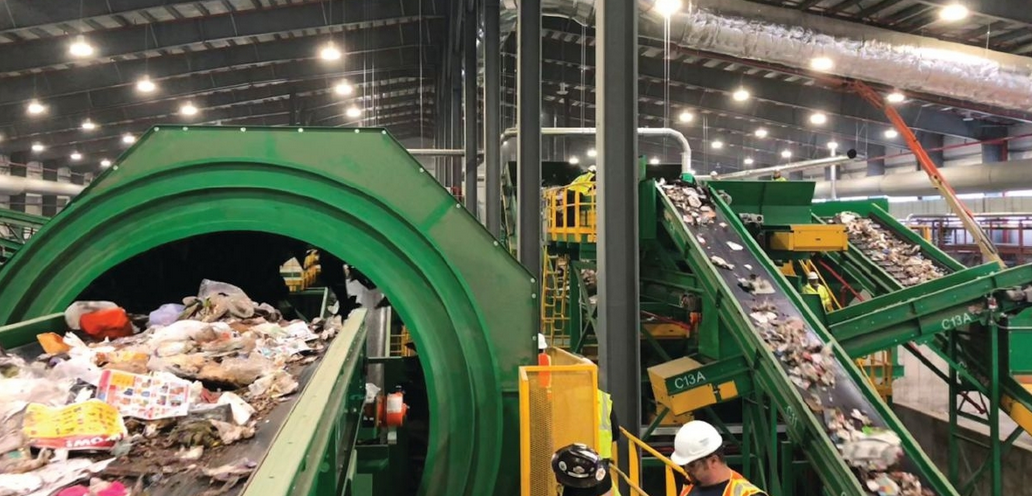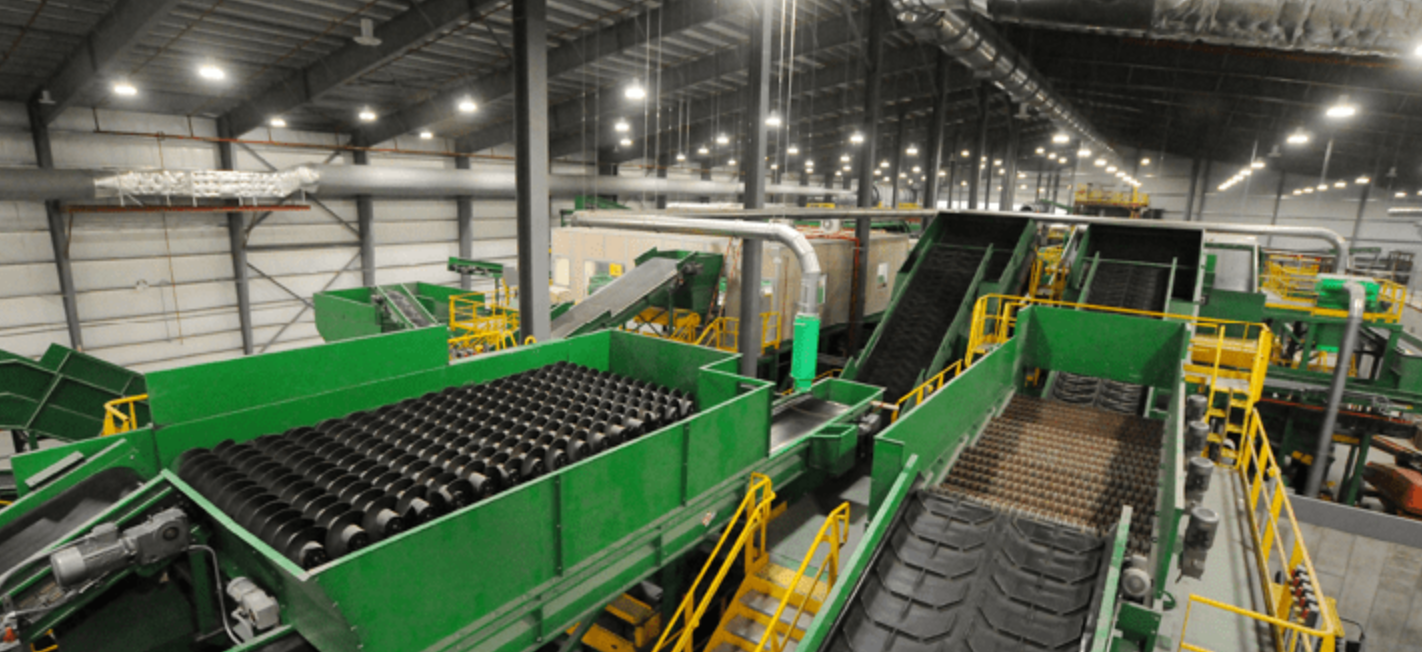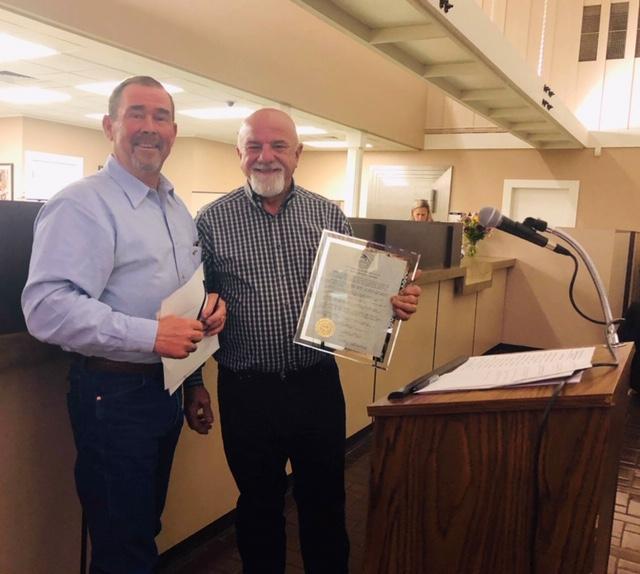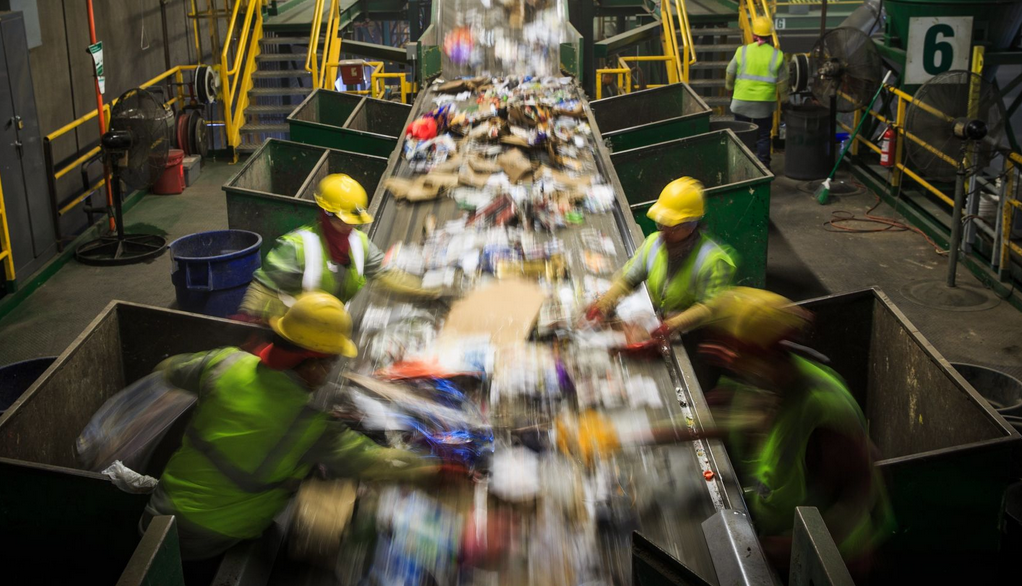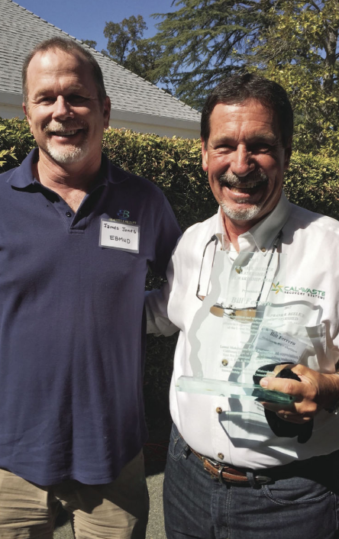Recognized for diverting more than 26,000 pounds of batteries in 2022, the company is more committed than ever to help educate customers on safe and effective battery recycling habits.
Cal-Waste Recovery Systems, the leader in waste collection and recycling in Northern California, has been recognized for its efforts in diverting more than 26,000 pounds of batteries in 2022 by Call2Recycle, the country’s largest consumer battery stewardship and recycling program.
Sean Finney, Program Manager for Call2Recycle, states, “California Waste Recovery Systems is a recipient of the Call2Recycle Top 100 Leader in Sustainability Award. The annual Leader in Sustainability Award is given to top performing organizations and businesses that demonstrate a notable commitment to battery collection and recycling.”
 Cal-Waste is honored to receive this award for stewardship in sustainability and preserving the environment, and the company hopes it will bring more awareness to an ever-increasing need for recycling education, especially as it relates to batteries.
Cal-Waste is honored to receive this award for stewardship in sustainability and preserving the environment, and the company hopes it will bring more awareness to an ever-increasing need for recycling education, especially as it relates to batteries.
Cal-Waste’s Material Recovery facility (MRF) is an industrial plant that processes single stream recycling; comingled paper, cardboard, plastic, glass, metal, and anything deemed recyclable by Cal-Waste’s MRF’s explicit standards. The MRF receives truckloads of recycling from waste collection companies from all over Northern California, as well as the recycling that Cal-Waste collects from the communities it serves. Batteries are arriving to the MRF at a staggering rate in commercial and residential recycling. The level of battery contamination in the company’s recycling has been so high that Cal-Waste has created a battery collection system in their MRF to handle the high volume of contamination.
Cal-Waste Quality Control Team Member, Rodrigo Acosta, is shown sorting alkaline and lithium batteries that have been mechanically separated in the Materials Recovery Facility. Rodrigo removes all batteries from other smaller metals and discards them in the blue barrel (shown on the right) to be processed and recycled by Call2Recycle’s stewardship partners.
In 2022, Cal-Waste diverted 26,721 pounds of batteries that would have otherwise gone to the landfill. This amounted to over 500 pounds of batteries per week, a staggering amount that Cal-Waste hopes to see decrease as waste generators continue to learn about proper recycling habits. Example sentence: With more than 500 pounds of batteries coming into the Cal-Waste MRF each week, the company is committed to helping educate its customers on how to properly dispose of batteries within the counties they serve. The company also works with other suppliers like CalRecycle to continue to petition for better disposal programs for batteries and other hazardous materials.
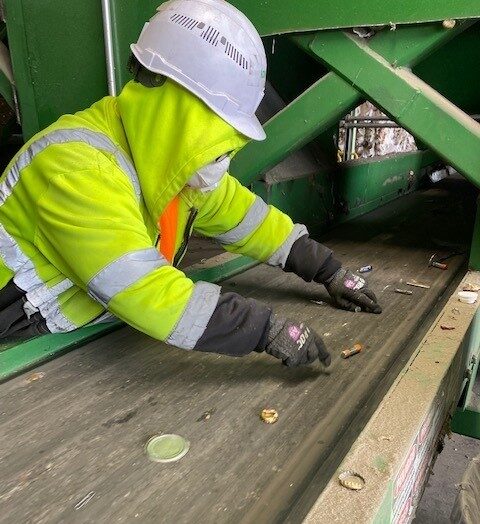
 Cal-Waste is always looking to the best practices to protect and preserve our environment and our communities. The proper collection and handling of batteries is critical to the preservation of our environment and the overall safety of our communities. Batteries present hazards when not handled correctly. Because of lithium batteries’ ability to start fires, Cal-Waste must be extremely vigilant with their collection vehicles and their MRF operations. Cal-Waste drivers are trained on the potential for fires from batteries being present in recycling and trash loads. Additionally, a state-of-the-art fire suppression system that’s monitored 24/7 has been installed in Cal-Waste’s MRF to prevent any fires erupting from improperly disposed of batteries.
Cal-Waste is always looking to the best practices to protect and preserve our environment and our communities. The proper collection and handling of batteries is critical to the preservation of our environment and the overall safety of our communities. Batteries present hazards when not handled correctly. Because of lithium batteries’ ability to start fires, Cal-Waste must be extremely vigilant with their collection vehicles and their MRF operations. Cal-Waste drivers are trained on the potential for fires from batteries being present in recycling and trash loads. Additionally, a state-of-the-art fire suppression system that’s monitored 24/7 has been installed in Cal-Waste’s MRF to prevent any fires erupting from improperly disposed of batteries.
Sean Finney of Call2Recycle closed his message of recognition stating, “Your involvement with Call2Recycle’s consumer battery recycling program–especially during a global pandemic with logistical and organizational challenges–reflects the virtues of an environmental changemaker.”
To learn more about proper recycling please visit Cal-Waste.com, or if you would like to find more information on the correct place to dispose of batteries, electronic waste, household hazardous waste, or any other items that are not accepted by your hauler then please visit your county’s website.


 Cal-Waste is firmly committed to improving the communities where we serve and live by helping to create cleaner, safer environments. Through our pioneering advancements in waste collection and recovery methods, we are dedicated to reducing our carbon footprint (we are a member of
Cal-Waste is firmly committed to improving the communities where we serve and live by helping to create cleaner, safer environments. Through our pioneering advancements in waste collection and recovery methods, we are dedicated to reducing our carbon footprint (we are a member of 